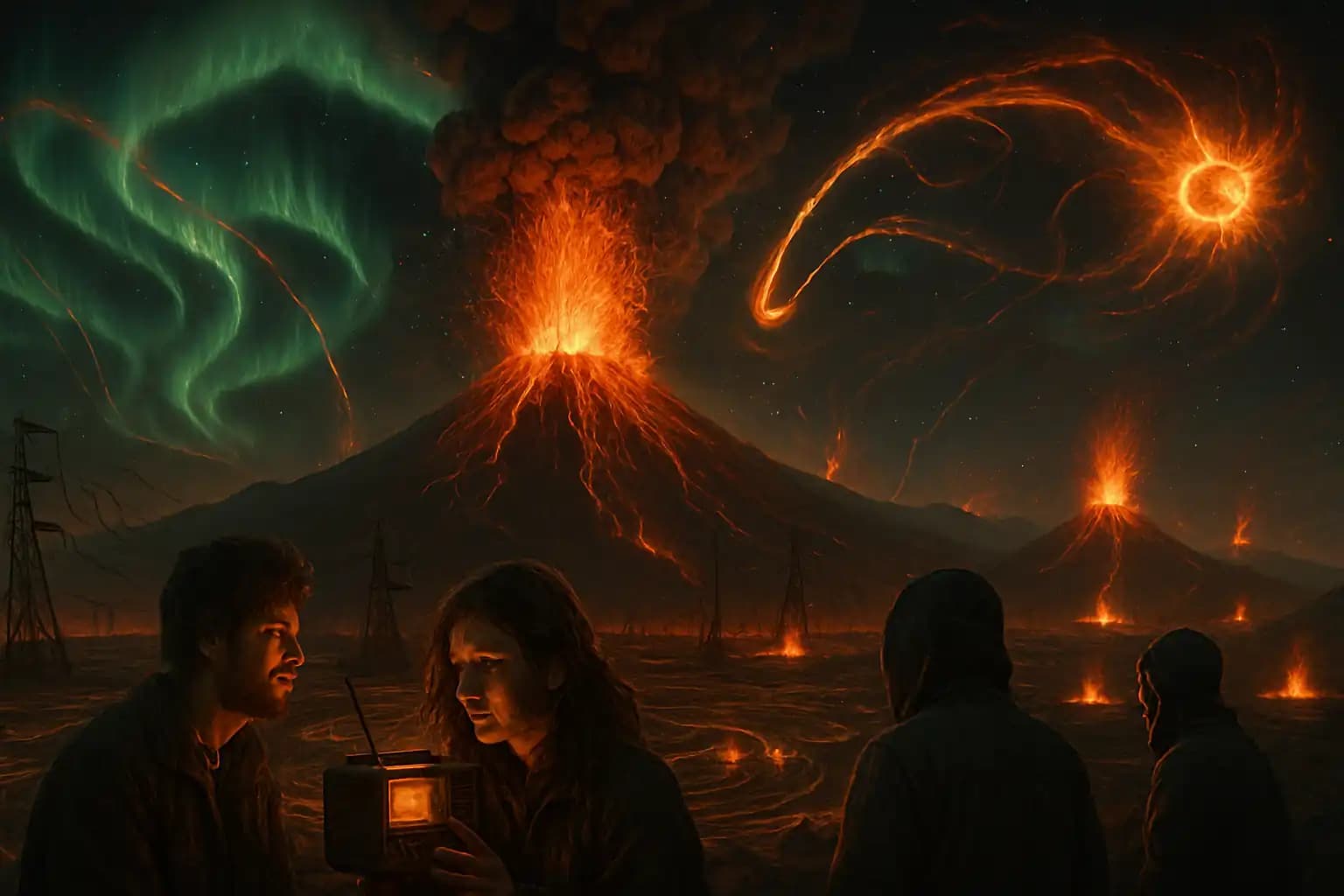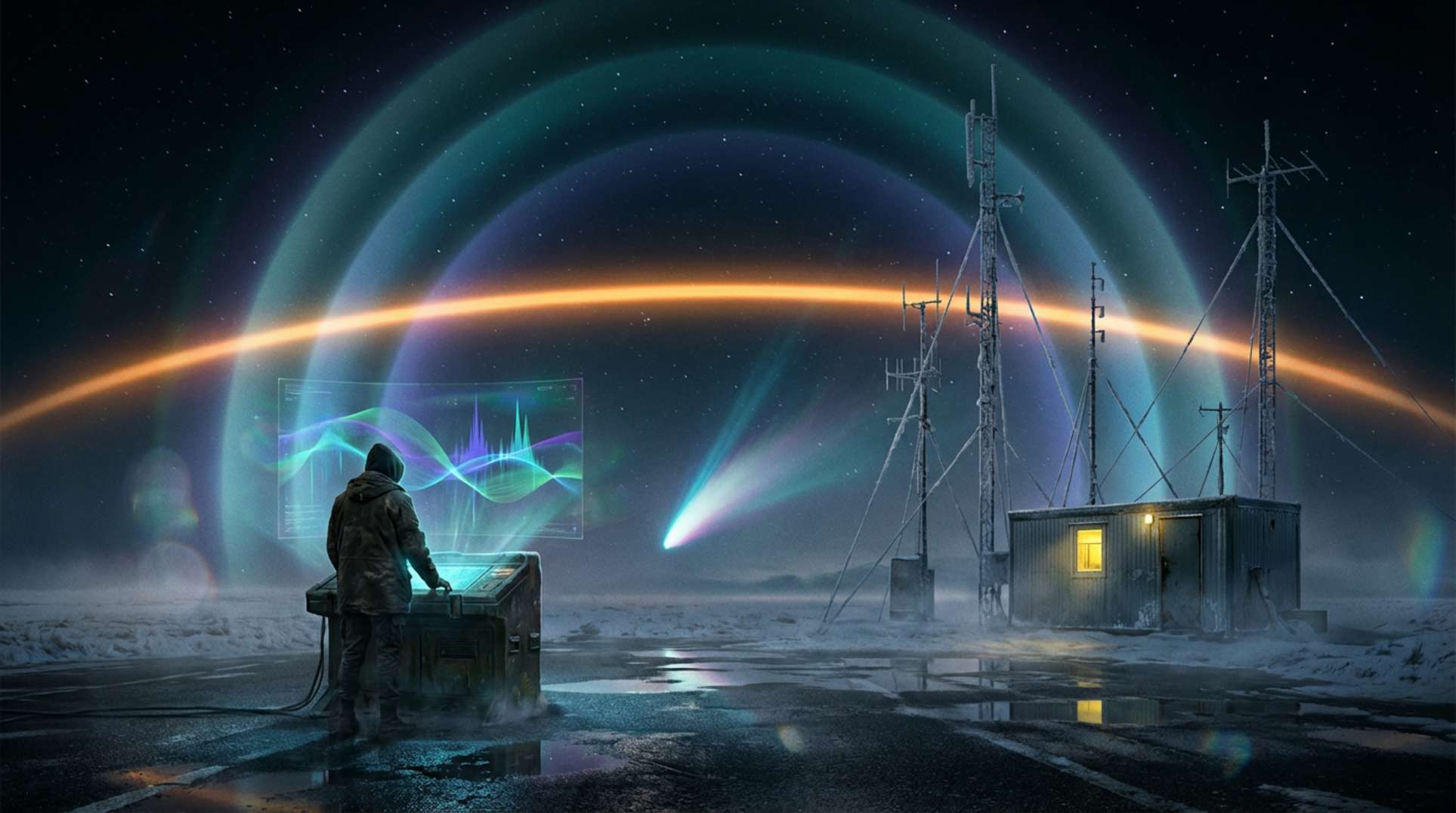If you thought 2025 would be uneventful, the universe has other plans. Mt. Etna spews ash and pyroclastic fury into the Mediterranean sky. The planet itself seems to tremble in sympathy. The culprit? Not just plate tectonics but a rampaging geomagnetic storm—one so fierce it’s lighting up skies and fueling supercharged earthquakes worldwide, according to recent seismic risk reports and the latest USGS updates. Panic rises, matched only by debates about the trouble a cosmic tantrum can cause down here on Earth.
Geomagnetic storms aren’t new, but severe ones are rare. This latest event has already caused blackouts, GPS failures, and bright auroras as far south as Rome. Adding multiple magnitude 6-and-higher earthquakes plus Etna’s eruption, the planet looks ready for either apocalypse or a new scientific breakthrough. But do geomagnetic storms really trigger volcanoes or quakes, or are we simply seeing patterns in the static?
Magma, Magnetism, and Mt. Etna’s Explosive Fury
It’s not every week you see Europe’s tallest active volcano hurling pyroclastic flows while solar storms rage overhead. Scientists debate if solar storms—unleashing plasma clouds and intense magnetic fields—might energize volcanic systems. While definitive proof eludes us, growing evidence shows subtle links. For instance, volcanic activity sometimes clusters with peaks in solar and geomagnetic activity, as indicated in solar-terrestrial studies. Don’t buy tickets to the next eruption just because the aurora forecast is G5.
The scientific consensus, per the Wikipedia entry on geomagnetic storms, argues that main effects impact power grids, satellites, and radio frequencies—a far cry from triggering volcanoes outright. However, some researchers, highlighted in Terrestrial, Atmospheric and Oceanic Sciences, don’t rule out indirect effects, especially on fault systems near their breaking point. The official USGS stance states there’s still “no convincing evidence of electromagnetic precursors to earthquakes” after decades of research.
Earthquakes Surge as Magnetic Mayhem Unfolds
Earthquakes—particularly those above magnitude 6—have spiked during the geomagnetic event, activating everything from continental rift zones to deep ocean faults. Previous disasters made seismic swarms (like Idaho’s recent shakes linked in regional quake reports) look minor. It’s the simultaneity of volcanic and tectonic unrest across continents pushing the doomsday crowd to refill their bug-out bags.
What remains unclear is causation. Both the USGS and a deeper USGS magnetic hazards study note that solar activity’s impact on fault lines is largely theoretical, though not impossible. A “storm-driven” jolt might help trigger a quake where stress is already high. But for now, it’s more likely you’ll lose Wi-Fi or power during a geomagnetic storm than witness a city disappear into a lava lake.
Space Weather, Blackouts, and Energy Volatility
Geomagnetic storms do disrupt anything run by wires, satellites, or magnetic navigation. Historic reviews, covered in historic reviews, recount the infamous Carrington Event of 1859 frying early telegraph networks, while the 1989 storm wiped out Quebec’s electrical grid, plunging millions into darkness. The current solar maximum drives increased storm activity, including G3+ events noted in space weather analyses. This naturally leads to fresh panic about grid overload, GPS outages, and satellite risks—issues tied to everything from defense readiness to potential new avenues for global sabotage, as highlighted in this breakdown of blackout risks.
Amid cascading risks—volcanoes, quakes, blackouts, or even military tension as seen in geopolitical analysis—survivalists keep their bunkers stocked while bakers sell out of sourdough starter every time Etna coughs.
Our Volatile Earth: Navigating the New Space-Weather Wild West
Is this all doom? Hardly. The world’s magnetic drama reminds us of nature’s raw power, urging better monitoring and resilience planning. While the link between solar, tectonic, and volcanic unrest remains murky, the need for modern infrastructure to endure these shocks is clear. For those reading between the seismic lines, further insight awaits in deep dives on prophetic upheaval and emerging technology risks. They make a subtle argument: sometimes a “coincidence of calamities” is enough to push a system from stability to chaos.
For more signals among the noise, and for real-time disaster forecasting without the hype, stick with Unexplained.co. If the world’s going to end in a fireball—or a sunspot, or a blackout—you might as well see it coming before the rest of your neighborhood does.





